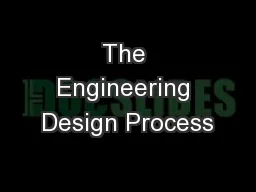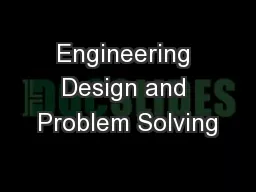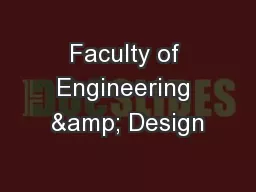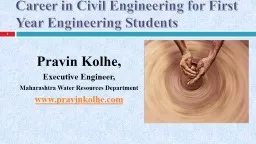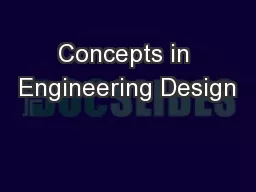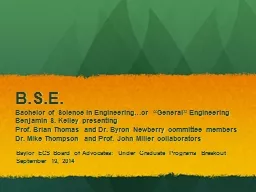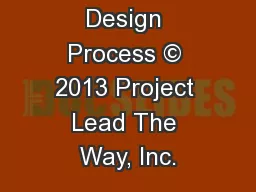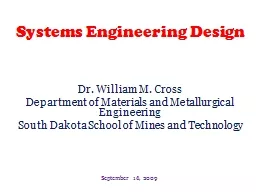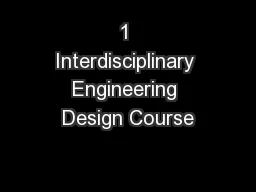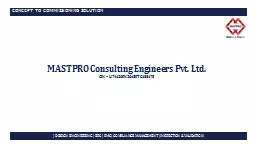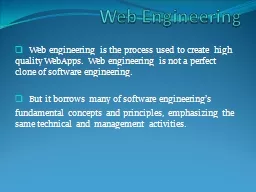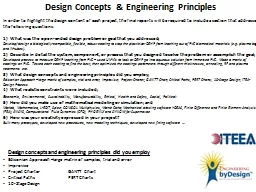PPT-The Engineering Design Process
Author : pamella-moone | Published Date : 2018-09-21
Linda King June 2 2015 Importance of the Engineering Design Process Provides a methodical approach to help solve problems to achieve objectives within constraints
Presentation Embed Code
Download Presentation
Download Presentation The PPT/PDF document "The Engineering Design Process" is the property of its rightful owner. Permission is granted to download and print the materials on this website for personal, non-commercial use only, and to display it on your personal computer provided you do not modify the materials and that you retain all copyright notices contained in the materials. By downloading content from our website, you accept the terms of this agreement.
The Engineering Design Process: Transcript
Download Rules Of Document
"The Engineering Design Process"The content belongs to its owner. You may download and print it for personal use, without modification, and keep all copyright notices. By downloading, you agree to these terms.
Related Documents

